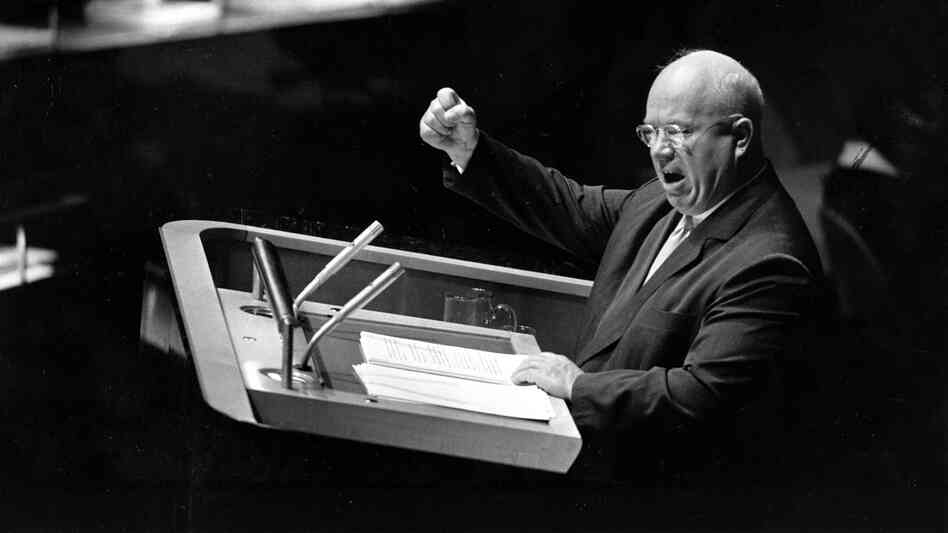It is important to understand the history of Crimean peninsula if we want to understand the current context as to what is happening as far as Ukrainian crisis is concerned !
With its strategic position dominating the Black
Sea and its unstable ethnic mix, it’s not surprising that the
Crimea is often called a tinderbox. It has long been central to Russia’s sense
of itself as a great naval power — even during the past two decades when the
peninsula has formally belonged to Ukraine, a separate country.
After the break-up of the Soviet Union, arguments
over the division of the Black Sea Fleet between Russia and the fledgling
Ukrainian state were seen as likely to spark a war.

The Russians kept their ships at Sevastopol,a port in
Crimea. Russian sailors and retired naval families enjoyed the sunshine and
kept the base as a down-at-heel Soviet theme park. Ukraine was too poor, too
corrupt and too disorganised to change the status quo.
Last month’s unexpected Ukrainian revolution and Vladimir
Putin’s swift response crushed the old certainties. What is clear is that Mr
Putin’s coup de force will strike a chord among many Russians, who have never
reconciled themselves to the loss of a territory so intimately entwined with
their history.
It was here that Saint Vladimir was baptised in 988, thus
binding the early Russian state to Christianity. During the Crimean War of the
1850s, when Britain and France were keen to protect the Ottoman Empire from
Russia’s growing power, the port of Sevastopol was besieged for 11 months until
the garrison surrendered. In the Second World War, the port held out against
Hitler’s troops and aircraft for 247 days, long enough to impose a critical
delay in the Nazi advance on Stalingrad. For that defence, Sevastopol was honoured with the Soviet
title of “hero city”
Today the population is almost 60 per cent Russian — the only
part of Ukraine with a Russian majority. Twenty-four per cent are Ukrainian and
12 per cent Crimean Tatars, descendants
of a once powerful Muslim khanate who were expelled by Stalin for collaboration
with the Germans and then allowed to return under Mikhail Gorbachev.
To this day politics is coloured by the
battles of the Second World War and the rival Russian and Ukrainian narratives.
For many Russians, Ukrainian nationalism is fatally infected by the legacy of Stepan Bandera, who declared an independent Ukraine after the Nazi invasion
in 1941 and co-ordinated Ukrainian support for the Wehrmacht against the Red
Army. That is why Russian propaganda describes the protesters who forced out
President Yanukovych as “fascists” and “Nazis”.
None of this would have any consequence
today but for a bizarre act by the Soviet leader Nikita Khrushchev who “gave”
the Crimea, previously part of Russia, to Ukraine in 1954 — a meaningless gesture at the time, since both
republics were part of the USSR. Khrushchev, who began his working life in the
coal fields of Eastern Ukraine, was eventually toppled for his many
hare-brained schemes.
 |
| Nikita Khrushchev |
But who could have imagined that his
thoughtless signature on a piece of paper would give Moscow, 60 years later,
the chance to start a new war in the Crimea?
*******************************************************************
·
1783: Russia
annexed Crimea.
·
1853: The Crimean War began,
lasting three years. Russia lost to an alliance of the Ottoman Empire, France,
Britain and Sardinia. Crimea remained part of Russia.
·
1917: Crimea briefly became a
sovereign state before becoming a base for the White Army of anti-Bolshevik
forces in the Russian War.
·
1921: The peninsula, now
called the Crimean Autonomous Soviet Socialist Republic, became part of the
Soviet Union.
·
1942: Nazi Germany took
control of Crimea.
·
1944: Joesph Stalin forcibly
deported all Muslim Tatars, a group of 300,000 who had lived on the peninsula
for centuries, due to members’ alleged cooperation with Germany during World
War II. Many returned to Crimea in the 1980s and 1990s.
·
1945: After World War II, the
autonomous Soviet republic was dissolved and Crimea became a province of the
Soviet Union called the Crimean Oblast.
·
1954: Russian Premier Nikita
Khrushchev transferred the Crimean Oblast to Ukraine. It’soften reported that
it was a gesture of goodwill from Khrushchev, who had Ukrainian roots.
·
1991: The Soviet Union
collapsed. Many expected President Boris Yeltsin, the new president of the
Russian Federation, to take Crimea for Russia. But he didn’t bring it upduring
negotiations with Ukraine.
·
1997: Ukraine and Russia
signed a treaty that allowed Russia to keep its fleet in Sevastopol. The
agreement’s since been extended, so the fleet is set to remain there until at
least 2042.

